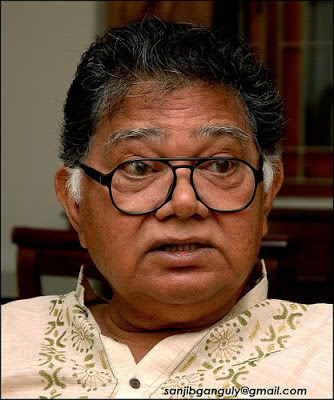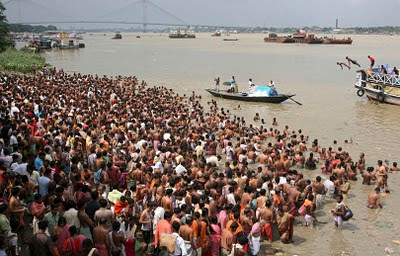Cancer Quackery Part 2

Unproven Oral Treatments Essiac Dietary supplements and herbal remedies, typically unstudied or disproved, are commonly used by cancer patients. One enduring herbal remedy is Essiac, also marketed as Flor-Essence. Initially used by a Native American healer from South-West Canada, a nurse named Rene Caisse popularized the herbal formulation as a cancer treatment in the 1920s. She named the remedy Essiac, her last name spelled backwards. Initially comprising four herbs, Indian rhubarb (Rheum palmatum), sheepshead sorrel (Rumex acetosa), slippery elm (Ulmus fulva), and burdock root (Arctium lappa), other herbs were added over the years by various dietary supplement manufacturers. Today, there are several different Essiac preparations available online and in health food stores, in tea, pill, and liquid form. (A search on Amazon.com brings up hundreds of entries.) In general, there is a lack of both safety and efficacy data for Essiac and Essiac formulations, and no clinical evidence s











